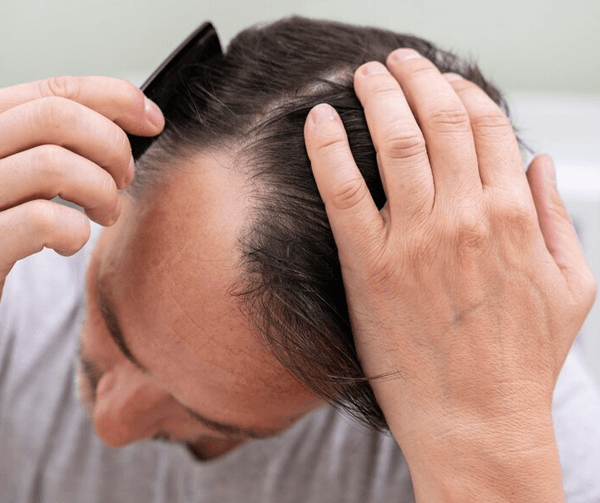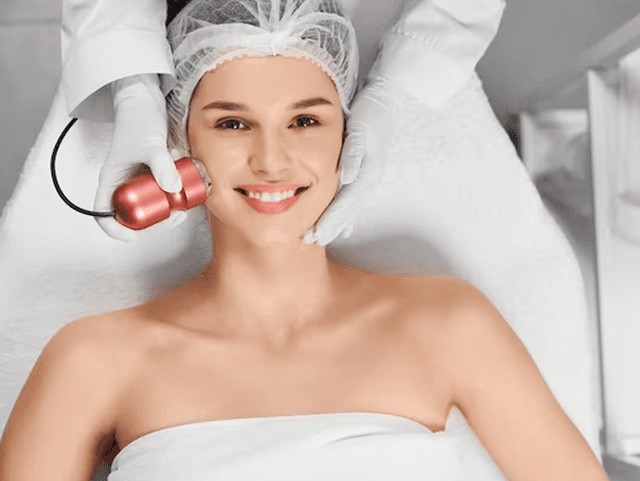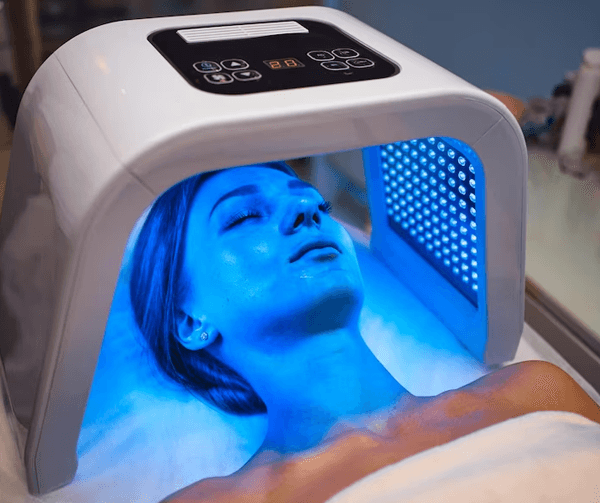We might wash our face every day, maybe even several times in a day, but many a times, just soap and water might not be enough. The world that we live in today is one where there is plenty of pollution and stress and over time, the same starts to become visible on your face and skin. Your skin starts to lose its balance, and the healthy glow as well, making your skin look dull and tired.
What exactly is exfoliation?
The process by which dead skin is removed from the surface of the skin, or the top layer of epidermis, is known as exfoliation. The old or dead skin is normally flaky and removing this is important for new skin to emerge. The skin is constantly generating new skin cells, which is why it is important that the old cells be removed, creating space for the new ones. Exfoliation can be done using a range of products, chemical and natural, and the process can be manual or mechanical.

When you exfoliate on a regular basis, the dead skin cells and all the dirt that might have embedded itself in the skin and the flaky dry skin will be removed. When this happens, moisturisers and nourishing serums will be able to penetrate in a much better manner. When these gentle abrasives are applied on the skin and rubbed in circular motion, the dead skin is removed, paving way for fresher and healthier looking skin. Normally, household ingredients, such as oatmeal, sea salt and sugar are enough to cleanse the skin, but should someone be looking for a deeper method of exfoliating, there are options such as chemical skin peels and microdermabrasion.
What are the benefits of regular exfoliation?
There are numerous benefits of exfoliating skin on a regular basis and some of them include:
- Removal of flaky old skin
- Making the skin look fresh and healthy
- Brightening the appearance of the skin
- Removing the dull and tired look from the face and neck area
However, it is important that you choose good products, and if you are using natural ingredients, ensure they suit your skin type. It is also important to remember that exfoliating your skin too much or too regularly could lead it to becoming dry and rough.
What is facial exfoliation and how is it beneficial?
Facial exfoliation, as the term suggests, is exfoliation done on the face and it could extend to the neck as well. Each skin type has different needs, but ideally exfoliation can be done once or twice a week. It is important that you invest in good exfoliating products or create exfoliators on your own, using natural ingredients. It is also important that you choose ingredients or products that suit your skin type.
Before you start the process of exfoliation, it would be wise to wet your skin first, because when exfoliators are applied on dry skin, there is the chance of the skin getting scratched or hurt. Once you have applied the exfoliants to your skin, it is best that you work it on the face in gentle, small circular motion. The motion will allow the dry flaky skin to come loose and when the face is washed, the bright and young skin will be revealed. While working the exfoliants, it is important to concentrate on the T-zone, which is the area of the nose and the forehead, right above the eyebrows. This is the area where the oil tends to accumulate, hence leading to the build-up of dead skin.
What is body exfoliation and how is it beneficial?
Exfoliating the face is important, but the human skin stretches over the entire body, which is why it is essential to exfoliate the entire body on a regular basis too. Dry and flaky skin can build-up in other parts of the body too, and when these start to become visible, your body will look unattractive. Look for exfoliant products that are meant for your skin type, because like your face, your body too also requires products that are suited to it. Ideally, you should go for exfoliants that can be used in the shower, require minimal application and removal time and wash off easily.
Body exfoliants can also be used in combination with exfoliating gloves or mitts, as these will help brighten the skin, along with removing dead skin cells. Should you use circular movements, starting from your feet and working your way up to your heart, you will also improve the blood circulation in the body.
What are the most natural exfoliants?
Nature provides several exfoliants, which can be used without fear, although skin type does need to be considered. Fruits, nuts, grains, salt, sugar, honey and yogurt can all be used for exfoliation.
What are chemical/medical exfoliants?
Chemical peels or microdermabrasion are all methods of exfoliating, and these utilise chemicals as well specialised tools to remove the dead skin. However, unlike with natural exfoliants, chemical exfoliations often leave the skin a little sensitive for a few days. After these procedures, the skin needs to be protected for a few days with regular use of sunscreen and moisturizers.








